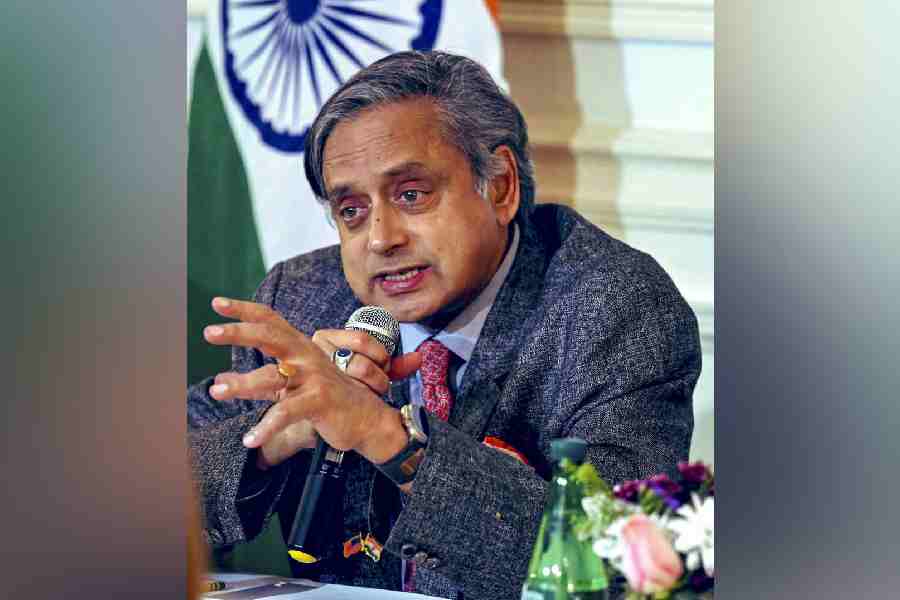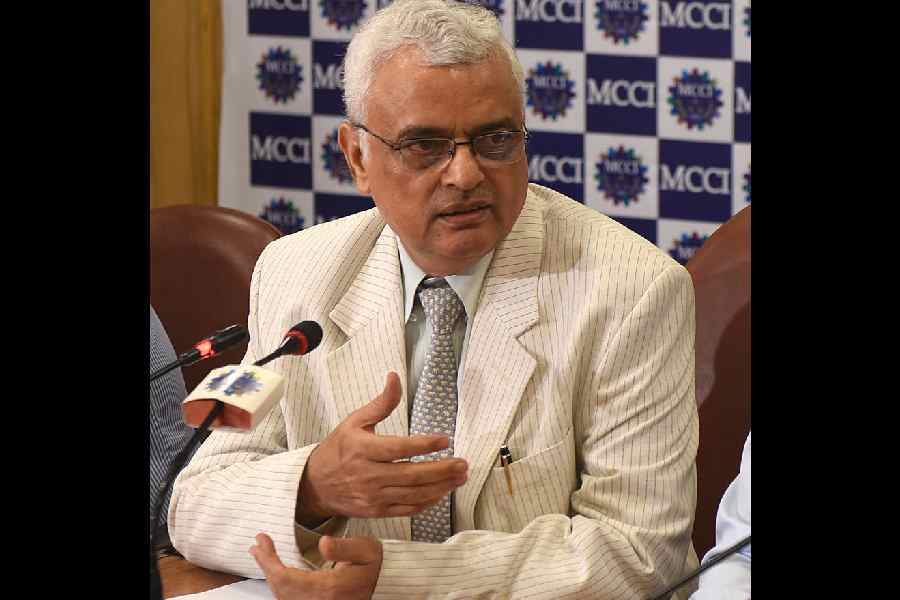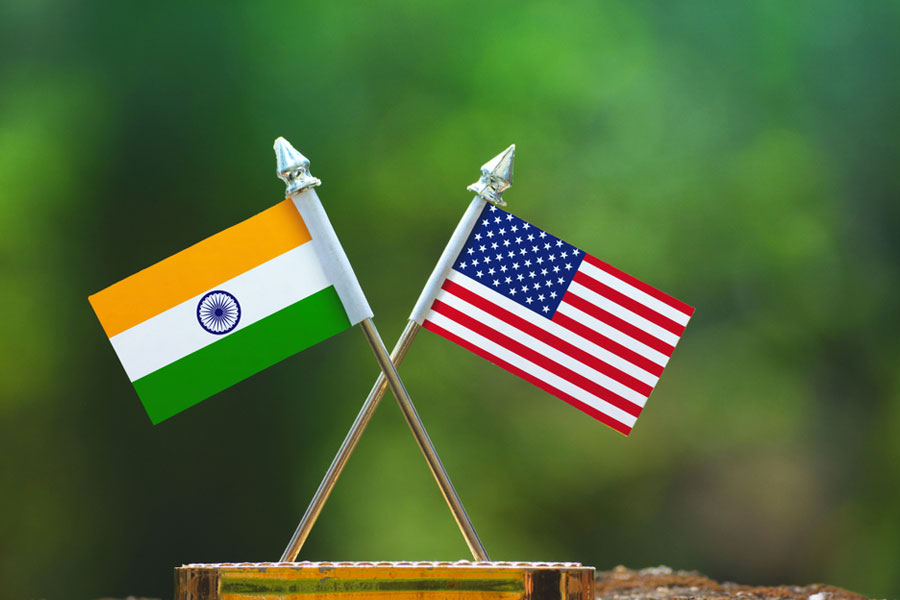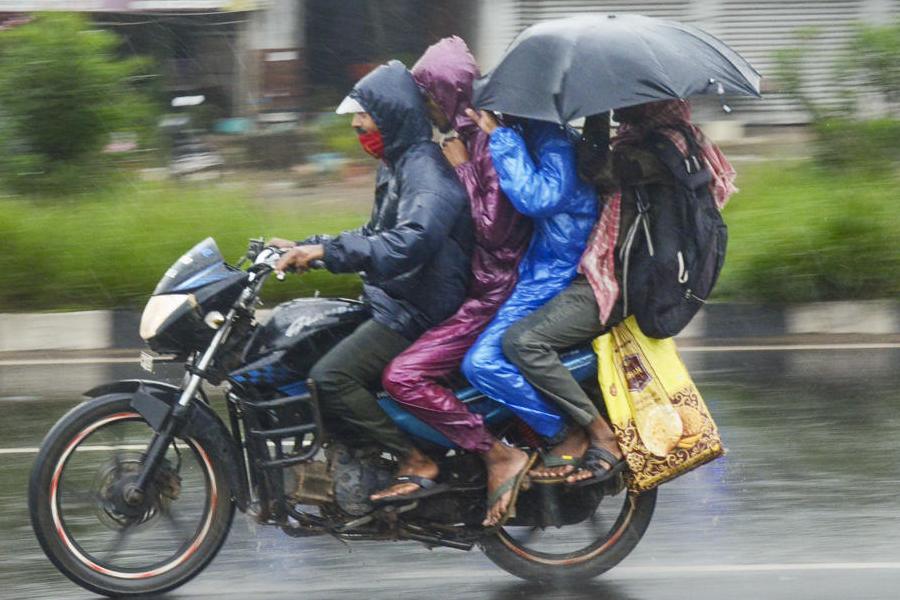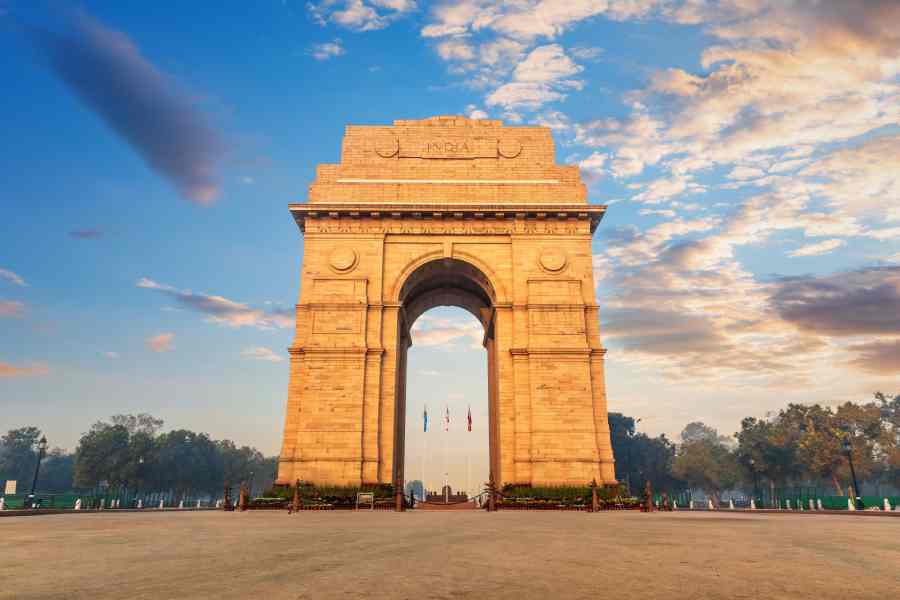 |
Where would you expect to find the most expensive cities for expats? In the US perhaps, Europe, or even China. Surprise, surprise. Leading the rankings (see chart) are Luanda in Angola and N’Djamena in Chad. “Most people in Luanda scrape by on a few dollars a day,” says Newser, an online news site based in the US.
So what makes them so expensive for expats? The ranking, done by global HR consultancy Mercer, takes into account various factors. Foreign goods are available only at a hefty premium and these are things expats can’t live without. Accommodation is expensive — $10,000 a month. And you have to pay a bomb for security. “While Luanda and N’Djamena are cities that are relatively cheap for the locals, they become very expensive for expatriates,” says Tiago Borges, who runs Mercer’s studies department.
At the bottom of the rankings is Karachi. That’s also a surprise; one would have expected security costs to be high there too. Five Indian cities figure on the list. They have all been going down in the rankings, excepting for Kolkata, which has moved up a notch.
The Mercer study is about expats; it looks at how much MNCs need to pay executives when they are transferred from home base. In terms of just cost of living, the picture is quite different. The website expatistan.com — which also concerns itself with expats but doesn’t treat them as the ultimate fatted and feted — ranks London as the most expensive city followed by Oslo and Geneva.
According to the Economist Intelligence Unit survey for 2014, the three most expensive cities in the world are Singapore, Paris and Oslo. The least expensive are Mumbai, Karachi and New Delhi (in that order). “Mumbai’s title as the world’s cheapest city is a reflection of the structural factors that define price within the Indian subcontinent,” says the survey. “Although India has been tipped for future growth, much of this is driven by its large population and the untapped potential within the economy. Income inequality means that low wages proliferate, driving down household spending and creating many tiers of pricing that keep per capita spending low. This, combined with a cheap and plentiful supply of goods into cities, as well as government subsidies on some products, has kept prices down, especially by Western standards.”
 |
There are some quirks. In Mumbai, for instance, the price of a packet of cigarettes has been falling and is the cheapest now over the past 10 years. The numbers are in dollar terms so that may explain why your favourite puff has not been subject to inflation. But don’t mention it to Arun Jaitley.
These surveys — and there are many more like them — very rarely agree. So do they have any purpose at all? When you are comparing likes, certainly. If, for instance, you are transferred from Chennai to Mumbai, your cost of living is bound to go up and your company needs to look afresh at your emoluments. For MNCs, which on paper treat Luanda and London the same way, global cost of living rankings have mattered.
But things are changing. First, with communications improving, it is no longer always necessary to physically post somebody to another city. At a CEO level, a good component of your job is managing interpersonal relationships and being the steward of the company’s corporate culture. That is difficult to do long distance, but not impossible.
The more important development, however, is that companies have begun to employ local talent. When Satya Nadella can become CEO of Microsoft, you don’t have to send John Smith from Boston to take charge of an operation in Bardhaman. In an earlier era, when MNC techniques included bending every rule in the book, you needed ethnic solidarity at the top. Today, with a little more integrity creeping in, it is no longer necessary to be so parochial. Global cost of living rankings will be largely redundant; the ones that matter will be the rankings within the comfort zones of executives.


